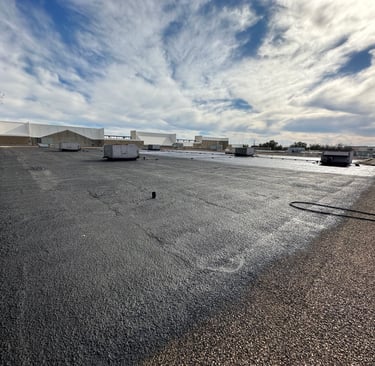Essential Steps for Effective Roof Inspections
3/8/20252 min read


The Importance of Annual Roof Inspections
Maintaining the integrity of your roof is crucial in preserving the overall value and safety of your property. It is widely recommended that your team or a contractor conduct a thorough inspection of your roof at least once a year. Inspections are particularly vital following extreme weather events, as these can significantly impact the condition of your roofing system. Regular checks can help identify minor issues before they escalate into costly repairs.
Key Areas to Inspect During Your Annual Roof Inspection
When planning your roof inspection checklist, it is important to be methodical and comprehensive. Start by identifying any new owner or tenant improvements made since the last inspection. Ensure that flashings and tie-ins were executed properly to prevent leaks. Inadequate workmanship in these areas can lead to serious ramifications over time.
Next, assess the gravel cover on your roof. Areas where the gravel is either missing or thin are more prone to damage. Take note of these spots, as they require immediate attention to avoid potential complications. Inspecting for poor drainage is equally critical. Coolers, condensers, and air conditioning units should be inspected to ensure that they do not impede water flow. If necessary, install overflow control measures and additional piping to direct water away from vulnerable areas.
Cleaning and Maintenance for a Functional Roof
Another essential step in ensuring your roof's longevity is to keep it clean. During your inspection, take the time to remove leaves, dirt, and debris from valleys and waterways. Accumulated materials can lead to blockages, resulting in water pooling, which puts additional strain on your roofing system.
Finally, pay close attention to drains, scuppers, overflows, gutters, and downspouts during your inspection. These components should be checked for any blockages that might hinder proper drainage. Regular maintenance in these areas not only maximizes the efficiency of your roof but also minimizes the chances of water damage.
In conclusion, a proactive approach to roof maintenance can significantly extend the life of your roofing system. By conducting annual inspections and following up with proper cleaning and repairs, you can mitigate potential issues early on. Remember, protecting your roof is an investment in the overall resilience of your property.
